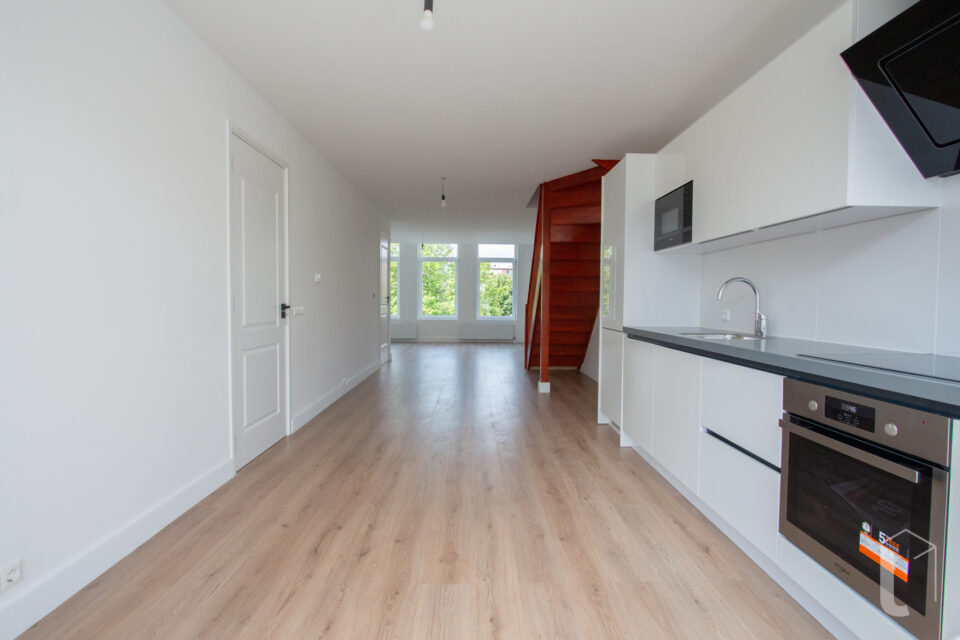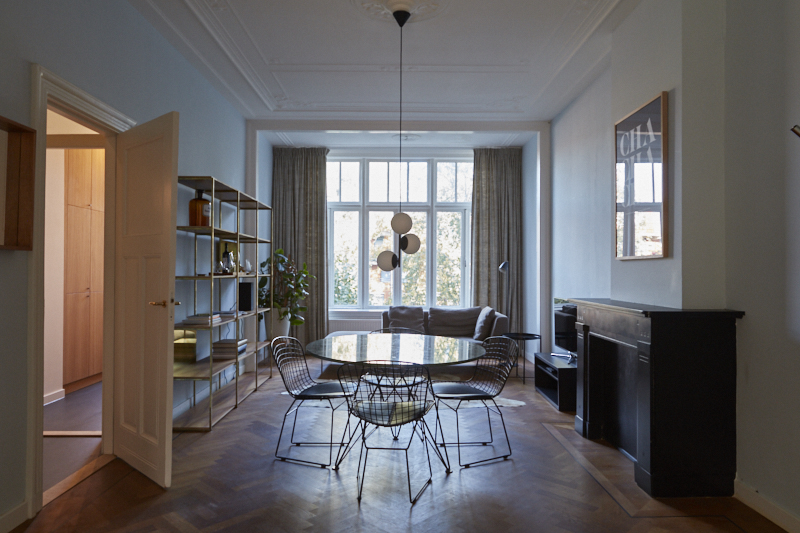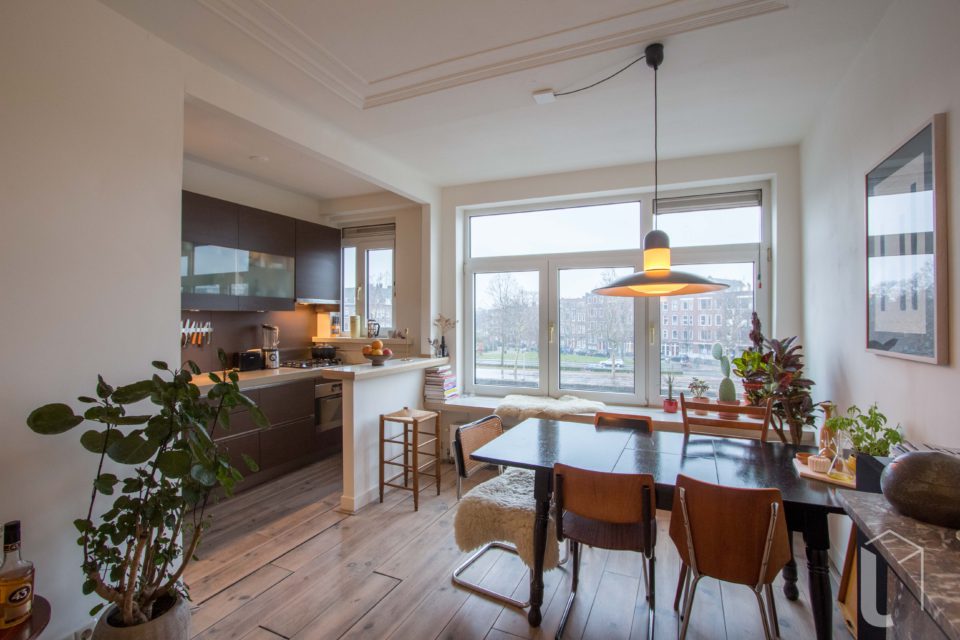Nieuwe Westen
Middelland and the New West, built in the first decades of the twentieth century, are mixed multicultural districts where stately avenues, busy shopping streets, streets with public housing and busy traffic routes alternate. Het Nieuwe Westen is a special mix of living with metropolitan style and typical working-class neighborhoods. The stately Heemraadssingel and the casual Pupillenstraat can be found in this district. The New West is the largest district of the area.
History:
The New West was built around 1900 to an urban plan by Gerrit de Jongh. The design is mainly a street plan. With wide avenues and singles for the Rotterdam notables and less stately, but equally attractive residential locations for the slightly less well-off. Most of the narrow streets in between have been built for the workers. Het Nieuwe Westen is a district of contrasts: at 100 meters from the stately Heemraadssingel and Mathenesserlaan you can find completely renovated streets. A well-known point in the district is the Mathenesserplein that arose between 1927 and 1929 to a design by Jo van den Broek.
Residents of the New West:
For the approximately 19,000 inhabitants, the New West has good facilities in the field of education and health care. The Vierambachtsstraat and the Nieuwe Binnenweg are the most important shopping streets. On the Tidemanplein is the busy Post West: a community center where everything for young and old can be done. The Heemraadsplein is, especially in the summer, the central stage for parties, such as the Cape Verdean Sao Joao.
What is there to do?
With the Mathenesserlaan and the Nieuwe Binnenweg there is enough supply in the New West for restaurents, cafes, shops and coffee shops. This multicultural district offers you plenty of options when it comes to foreign kitchens. Furthermore, it is mainly a residential area and there are not many recreational opportunities. The advantage of this district is that it is adjacent to the Center where there is of course enough to do.


